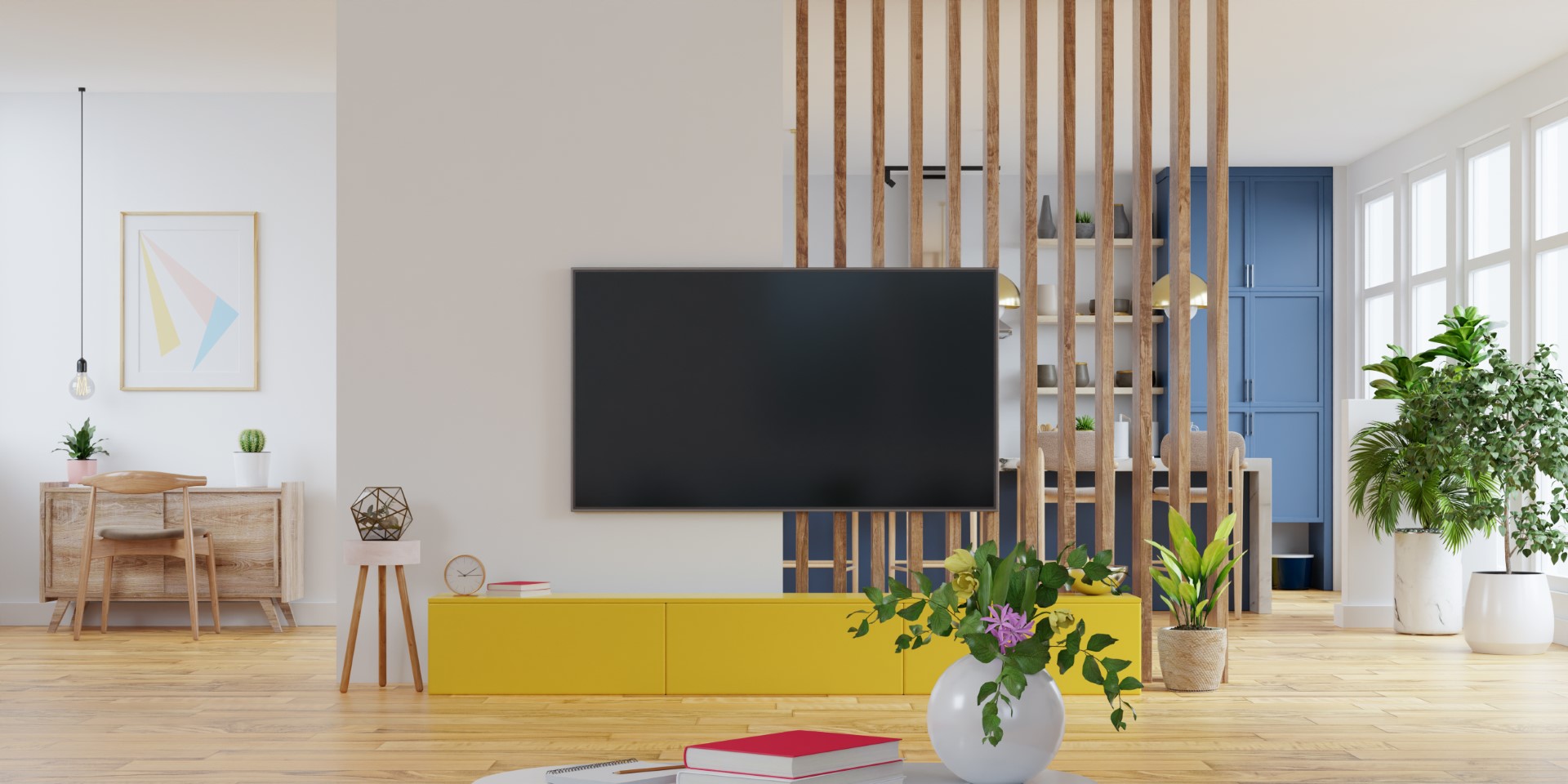Modern architecture and interior design have a longstanding symbiotic relationship. Architects and interior designers work together to create spaces that function efficiently and exude aesthetic appeal. This collaboration has grown even more intricate recently, with modern architecture heavily influencing interior design trends.
Students of Interior Design across the world, including at the American International University, are learning more about their craft as it relates directly to the architectural design of their projects. Let’s take a closer look at the various ways modern architecture shapes interior design, from the clean lines of minimalism to the eco-consciousness of sustainable design.
The Minimalist Aesthetic
Modern design focuses on simplicity, clean lines, and functionality. Contemporary architecture has uncluttered facades and open spaces. These architectural features, in turn, profoundly impact interior design. Minimalist interiors often feature neutral color palettes, sleek furnishings, and open, unobstructed spaces. Architects and interior designers collaborate to create a seamless transition from the exterior to the interior, resulting in cohesive, minimalist living spaces.
Open Concept Living
Modern architecture has popularized open floor plans, where walls and partitions are minimized to create spacious, interconnected interiors. This architectural shift has influenced interior design choices significantly. Interior designers must consider the flow of space, the strategic placement of furniture, and the use of design elements that maintain a sense of openness while defining functional areas. The result is a harmonious blend of architecture and interior design that enhances both aesthetics and functionality.
Sustainable Architecture and Eco-Friendly Interiors
Sustainability has become a focal point in modern architecture, with a growing emphasis on energy efficiency, eco-friendly materials, and environmentally conscious design practices. These principles have entered interior design, with eco-conscious homeowners seeking sustainable furnishings, recycled materials, and energy-efficient appliances. Collaboration between architects and interior designers in achieving sustainable living spaces is a testament to modern design’s holistic approach.
Technological Integration
Modern architecture often incorporates cutting-edge technology, creating intelligent buildings that respond to residents’ needs. Technological integration extends into interior design, where smart homes are becoming increasingly common. Interior designers work alongside architects to seamlessly integrate technology into the design, ensuring that the presence of smart devices does not compromise the aesthetics of a space. The result is stylish and technologically advanced homes.
Natural Light and Biophilic Design
Maximizing natural light is a defining feature of modern architecture. Large windows, skylights, and open spaces allow sunlight to flood interiors. This architectural emphasis on natural elements has influenced interior design through biophilic design principles. Interior designers incorporate organic materials, indoor plants, and large windows into their designs to connect occupants with nature, creating soothing and inviting living spaces.
Adaptability and Flexibility
Modern architectural designs often incorporate multi-purpose spaces and flexible layouts to meet residents’ changing needs. Architectural adaptability impacts interior design. Interior designers create furnishings and layouts that adapt to various functions and configurations. This collaboration between architects and interior designers ensures versatile and user-friendly spaces.
Modern architecture and interior design are inextricably linked, with each discipline influencing the other in a dynamic and evolving partnership. As architectural trends evolve, so do interior design concepts and practices. Understanding this symbiotic relationship is essential for creating contemporary living spaces that are visually stunning and in harmony with the modern world.
Discover more from Futurist Architecture
Subscribe to get the latest posts sent to your email.


![modern apartment [article_title]](https://www.futuristarchitecture.com/wp-content/uploads/2025/04/5-Soothing-Secrets-to-Rain-Your-Showerhead-480x600.jpg)
